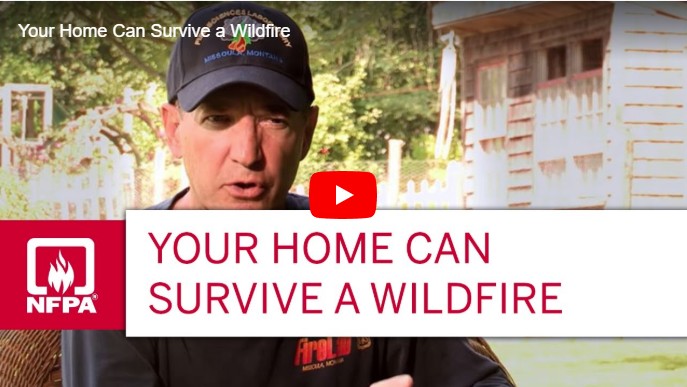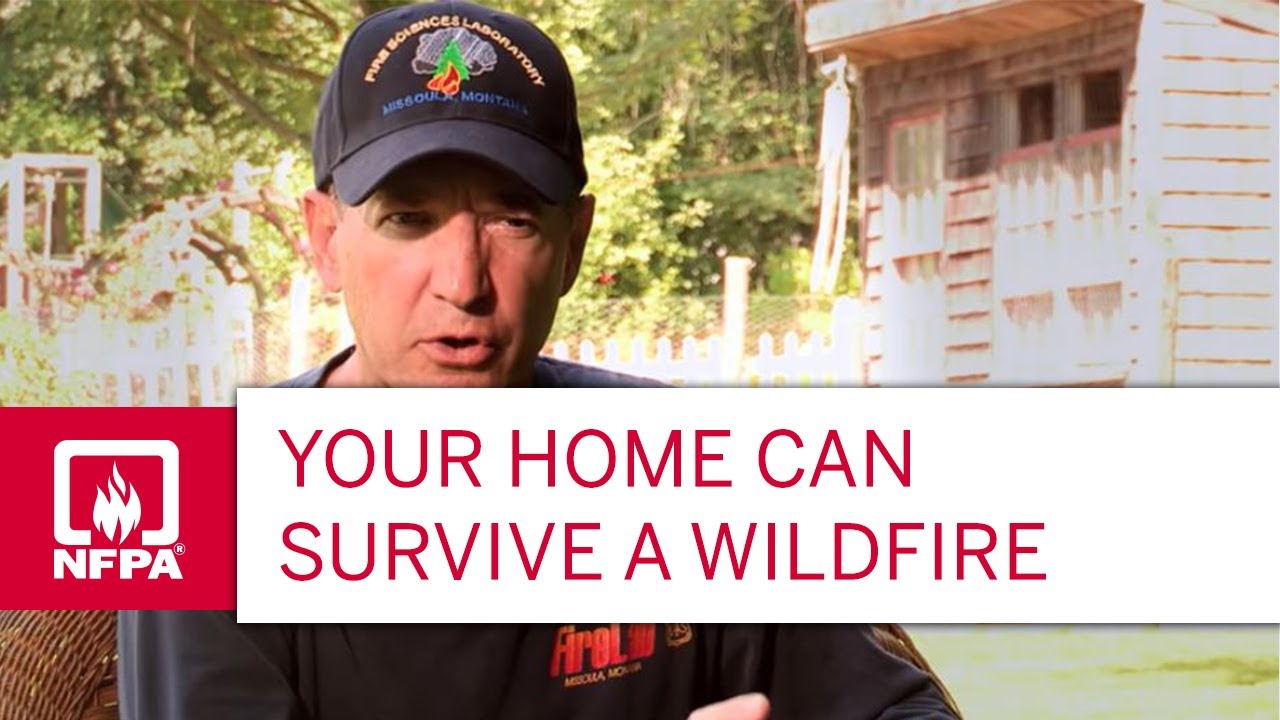What is the least costly approach to home hardening that still provides great value? It is possible for most people to harden their homes to a decent degree with excellent bang for the buck.
Wildfire expert Dave Winnacker, in his interview with us, had this list of what he considers must-do items:
- Class A roof (if possible, also class A assembly) (Big item but rarely needed, since only wood roofs miss this target nowadays)
- there are 100 wood shake roofs in the hills in total; they are a real problem and should get removed [because on average each one causes up to 10 more ignitions]
- Gutters cleaned or covered. When you walk around the Ridge, you see plenty of houses with a class A roof and bunch of needles on them—that is not a class A roof any more. To keep a class A roof you must maintain it clear of debris and tree litter
- Implement zone 0: no combustibles within 5 ft of a structure
- screened vents
Jack Cohen, the famous wildfire scientist who popularized the concept of the Home Ignition Zone attached a lot of importance to the “little things” that (a) properly seal the houses, and (b) carefully remove nearby fuels away from the home (video). Colin Arnold, our Assistant Chief (he heads the WUI division) frequently mentions that, with wildfire, “something is not better than nothing,” meaning that we have to take care of every small detail (although the costs for these details are generally very low). Examples of such details:
- well sealed gasket at the bottom of a garage door
- well sealed gasket around the sides of a garage door
- properly repaired cracks on a stucco well (particularly at the bottom of a wall)
- properly tucked chimney where it meets the roof tiles or shingles
- well sealed window and door sills with no cracks
- properly flashed roof drip edges with no tears
A possible list of actions and items
- [Very big item] replace a wood roof with class-A, if possible class-A-installed, roof
- Screen the vents (metal, 1/8" or smaller mesh)
- Screen the gutters [more expensive] (metal, 1/8" or smaller mesh)
- Install a noncombustible barrier around the bottom 6" of the home and its supports (such as wood pilings supporting a deck or stairs)
- Every spring, carefully inspect the house for small issues that allow for the penetration of embers or for easy destruction by embers, and fix them as needed
- Every summer, and regularly during fire season
- clear the roof and gutters of debris
- clear zone 0 of debris and litter
- move all combustible materials away from Zone 0 (lumber, plastic, combustible furniture, building materials etc.)
Reference video: you home can survive a wildfire by Jack Cohen

